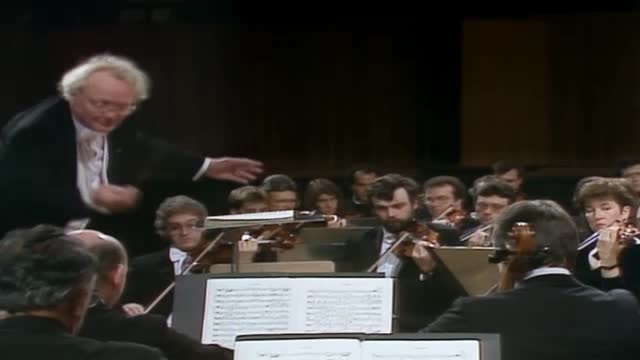Hermann Tennstedt, father of Klaus, was leader of the second violins in the orchestra of the Halle Municipal Theatre, and introduced his son to the violin as well as to the world of symphonic music through recordings of Stokowski conducting the Philadelphia Orchestra in Brahms, an experience which Tennstedt later gratefully recalled when he himself conducted the same orchestra. He studied violin and piano at the Leipzig Conservatory, and in 1948 became leader of the same orchestra in which his father had played. It was this experience as an orchestral player that, he later maintained, gave him such an excellent insight into the minds of the musicians with whom he worked. Problems with his left hand forced him to give up the violin, and he turned to the p...
| Title | |
| MAHLER, G.: Symphony No. 4 / MOZART, W.A.: Symphony No. 35, "Haffner" (Tennstedt) | |

|
MAHLER, G.: Symphony No. 4 / MOZART, W.A.: Symphony No. 35, "Haffner" (Tennstedt)
Composers:
Mahler, Gustav -- Mozart, Wolfgang Amadeus
Artists:
Boston Symphony Orchestra -- Bryn-Julson, Phyllis -- Tennstedt, Klaus
Label/Producer: ICA Classics |
| MAHLER, G.: Symphony No. 5 (Tennstedt) | |

|
MAHLER, G.: Symphony No. 5 (Tennstedt)
Composer:
Mahler, Gustav
Artists:
London Philharmonic Orchestra -- Tennstedt, Klaus
Label/Producer: ICA Classics |
